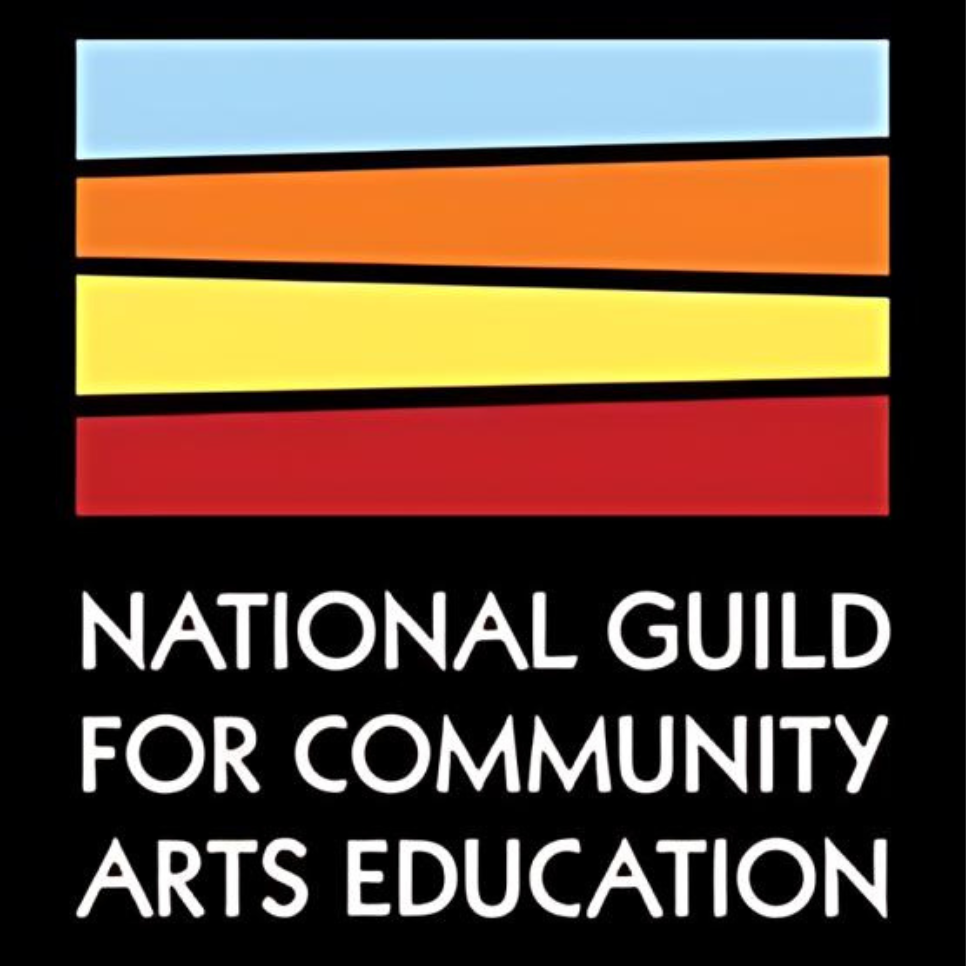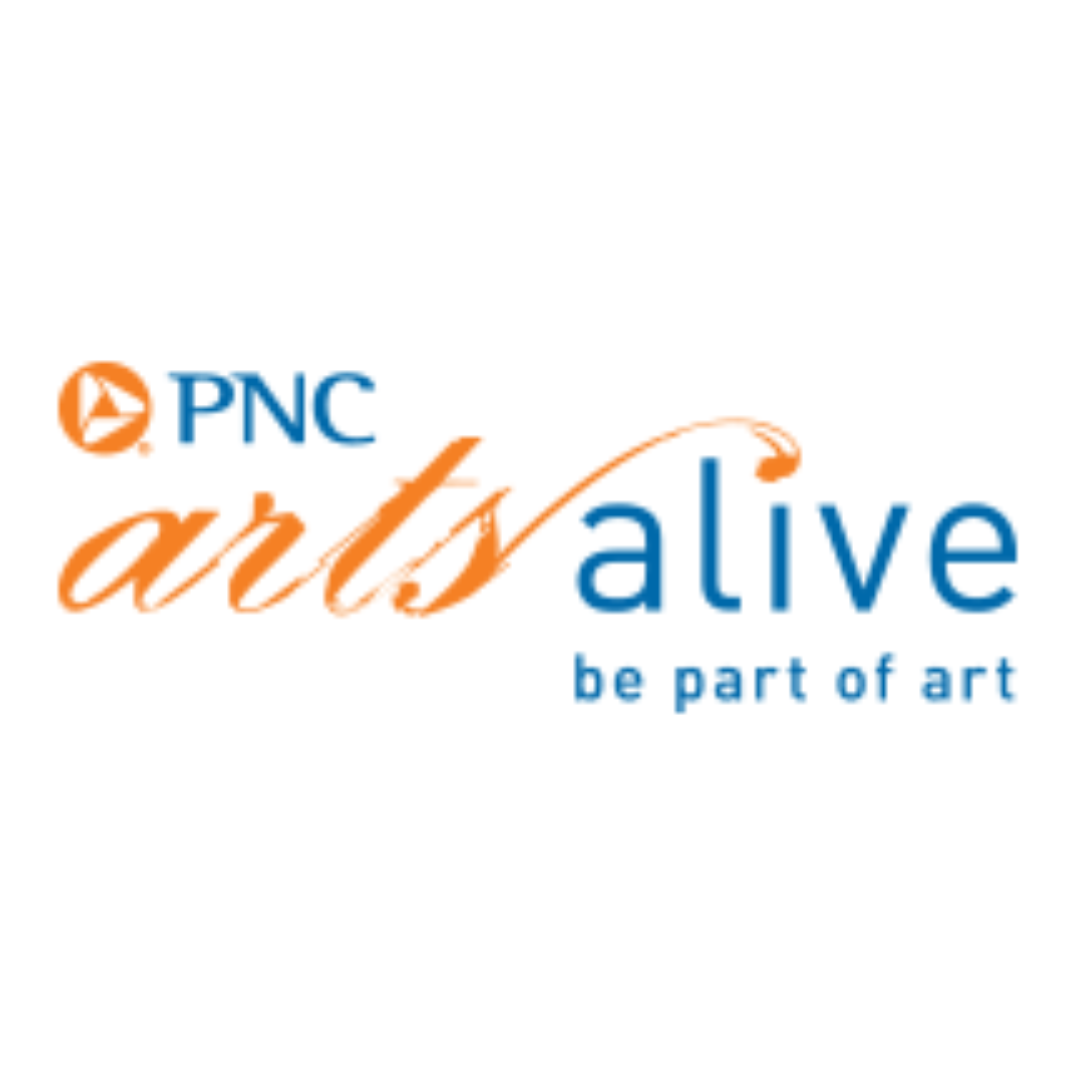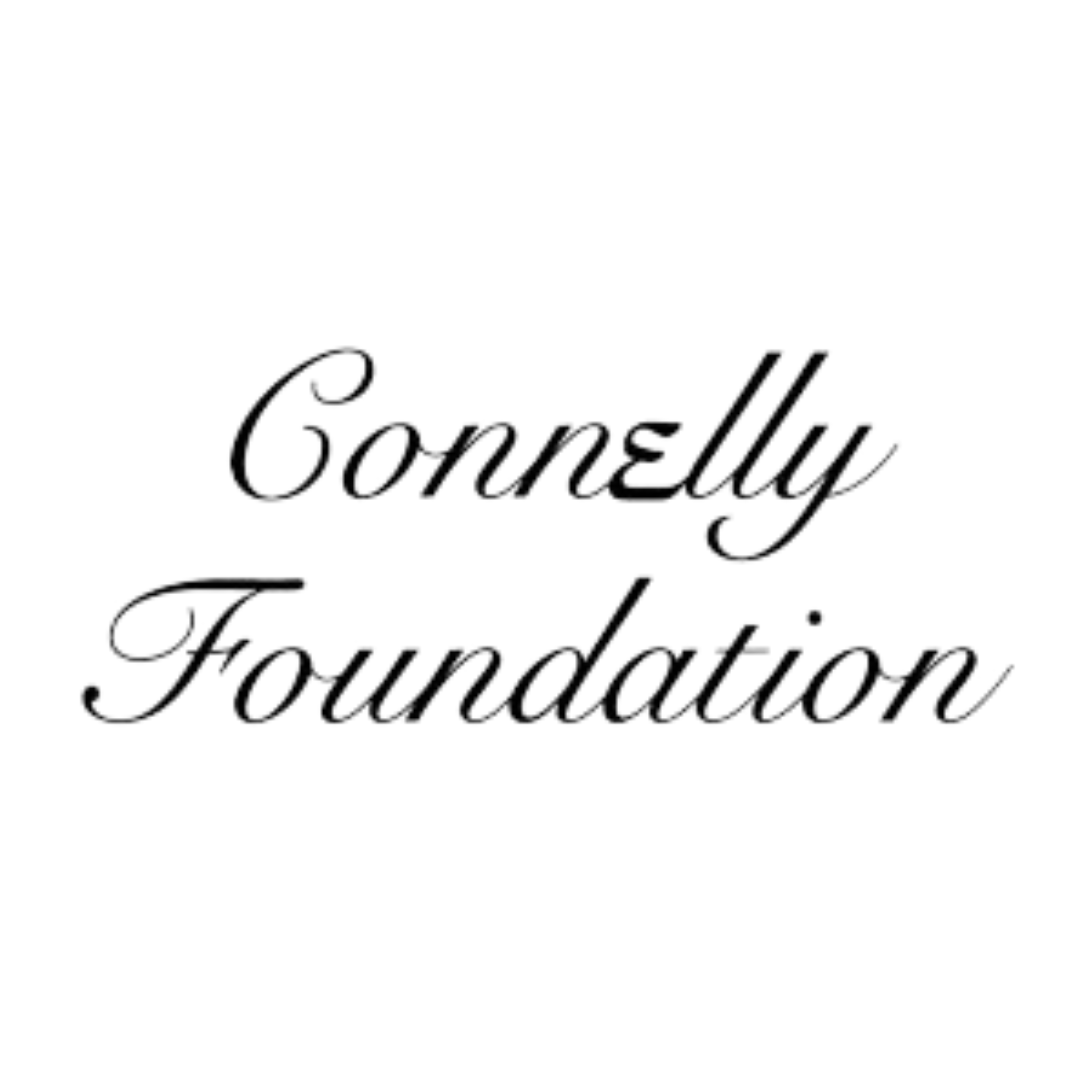Balkan? What’s That?
Marion Jacobson
Perkins Folklife Director
Balkan? What’s that? This week at World Stage, we celebrate music and dance from this very special region of Europe. The Balkan countries comprise an area with many cultural, historical and religious influences and a lot of musical flavor elements. “Balkan Style” isn’t one thing; each country has its own unique culture and music. But the shared historical experience means that there is a lot in common.
You have probably heard the stamp of Balkan folk music at some point–in movies like Zorba the Greek or My Big Fat Greek Wedding. Or maybe at a bar mitzvah or Jewish wedding, because klezmer (Eastern European Jewish dance music) influences are present in Balkan music. If you’re of a certain age, you may have dipped a toe in the Balkan dance craze that swept North America in the 1970s. Since the 1990s, new sounds have been constantly evolving from this regional music, thanks to groups like Gogol Bordello and the Brooklyn-based Slavic Soul Party! Since the Russian invasion of Ukraine, even more people have become more aware of the rich music and culture of Southeastern Europe. If you haven’t heard this soulful Kyiv quartet, you’re in for a treat.
Dakha Brakha
The Balkans are a group of countries sitting on a peninsula, together bordering Italy, Hungary and Ukraine. Not all sources agree on the borders of the region, though most include Albania, Bulgaria, Bosnia and Herzegovina, Croatia, Romania, North Macedonia, Romania, Serbia, and Slovenia. Historians also include Greece and portions of Turkey in the region. Rich in culture, the Balkans combine Greek, Turkish, and Slavic traditions together. Islam and Catholicism are both prevalent. You can also hear a lot of Jewish and Armenian influences in the music of this region. That’s particularly significant to Southern Jersey, with our large and thriving Diasporan communities with roots in Armenia and Jewish Eastern Europe.
One thing that defines the Balkans is the fact that all these countries were all under the rule of the Ottoman empire at some point in their history. The Turkish sultans incorporated many Arabic, Byzantine and Greco-Roman elements into the music and the culture. In Balkan music those influences can be heard in Eastern rhythms, Eastern musical scales, the use of quarter tones. You’ll also come across rhythms you rarely hear in Western classical or pop music: 5/8, 9/8, 13/16 and so on; rhythms found in remote mountain communities, and were spread by the Ottoman Turks all across the Balkans. You’ll notice that many folks from the culture, and those who have been involved in the Balkan dance community, seem to have no trouble dancing to these tunes!
Giving a unique texture to Balkan music is the combination of folk and Western classical instruments. At the front of the band, you’ll see and hear a lot of reed instruments like clarinets, bagpipes and accordions, which bring a lot of power while being able to evoke the emotional range of a singing voice. Depending on the song and the context, these instruments sound Greek, Jewish, or Turkish; it can drive the tunes with rhythm, harmony or play soulful melodies.
Middle Eastern drums like darbukas (goblet-shaped drums), sometimes called dumbeks, are essential. Also found in Egyptian and African music, darbuka and dumbeks spread throughout the Middle East and are widely used in Balkan music. Brass instruments are a huge part of the culture. Balkan brass bands are a unique folk tradition that’s fused with professional musical subcultures like Ottoman military bands, klezmer bands, and Roma troupes traversing Europe throughout the centuries. Their sound is bold and brassy, made for large outdoor community celebrations.
Finally, folk dances are an integral part of Balkan cultures. As you’ve probably noticed, the music of Turkey had a huge influence on the Balkans as a whole. Moving to these specific rhythms and ornamentations, dancers accent different beats, shifting their weight and moving their bodies in a different way than in Western folk dance. One of the most popular dances from this region is the circle dance called horo, which originated as a courtship dance. It’s now the national dance of Bulgaria, and the iconic Jewish wedding dance known as the hora.
The music history woven in the cultures of this region is far too expensive to capture in one blog post. But we hope these nuggets of information help you enjoy Dance It Out Balkan Style! even more.
-Marion Jacobson, Director, Perkins Folklife Center

















